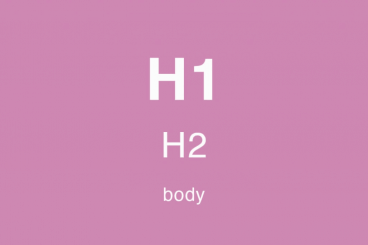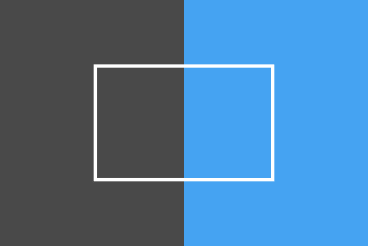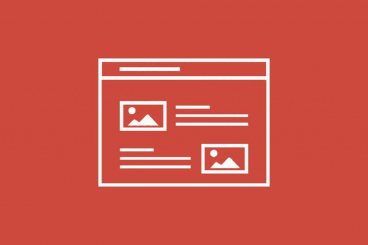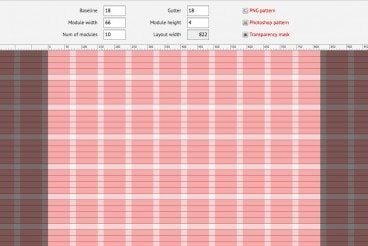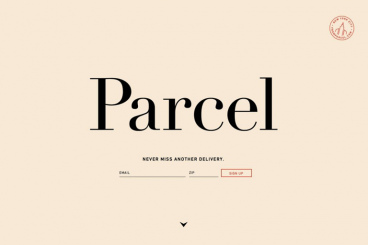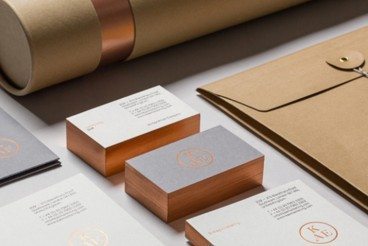
Graphics / 4 Jan 2016
Designing With Constraints: Thinking Inside the Box
It’s one of those fundamental parts of design we don’t talk about much: Designing within the rules. We talk a lot about creativity and innovation, but sometimes leave out one of the ideas that pushes most projects along, and that’s actually creating something with a lot of rules attached. It’s thinking “inside the box.”
Design constraints are those little keys to consistency that help brands establish visual identity and guide voice. These restrictions can come in a number of forms, and like them or not, it’s something you are going to have to deal with.
And here’s the good news: Constraints can actually help you become a better designer.
